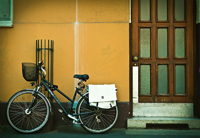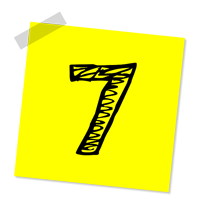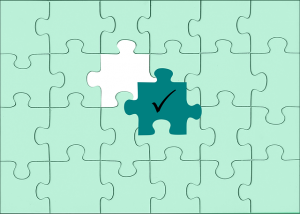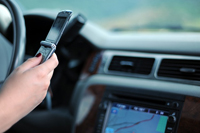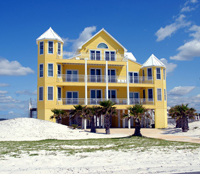 A timeshare is one way to vacation in style since it gives you access to your favorite vacation destination. When you purchase a timeshare, you can choose from three different types – deeded ownership, right to use and points. Before you embark on your next trip, make sure you purchase adequate timeshare insurance.
A timeshare is one way to vacation in style since it gives you access to your favorite vacation destination. When you purchase a timeshare, you can choose from three different types – deeded ownership, right to use and points. Before you embark on your next trip, make sure you purchase adequate timeshare insurance.
- Deeded Ownership
With a deeded ownership timeshare, you buy the timeshare and then live there a few weeks out of every year. When you’re not there, other people use it. Because you own the unit, you may sell, lease, bequeath or donate it.
Title insurance is the first type of insurance you should buy for a deeded ownership timeshare. It ensures the title for the unit is free and clear and indeed legally owned by you.
Purchase deeded timeshare property insurance, too. It covers your timeshare property against losses from fire, weather, vandalism and theft.
Consider a comprehensive policy that insures the building and your contents and provides liability coverage as well. The contents policy covers the possessions that are in the timeshare. Liability coverage can pay medical expenses or court costs if someone is injured while staying at your timeshare, and it pays for damages a friend may do while staying in your unit.
- Right to Use
This type of timeshare is one that you rent or lease for a set number of years. You do not own the timeshare but can rent, transfer or bequeath the right to use the unit.
Because you do not own the timeshare, you will not need to purchase property insurance. The actual timeshare management company or develop will carry this coverage. However, you may pay for that insurance coverage as part of the unit’s maintenance fee.
What you will need to purchase is contents and liability insurance policies. Your full-time homeowner’s policy may provide the contents and liability coverage you need, but read the policy carefully to be sure.
- Points
Some timeshare developers or club managers sell points you can redeem for your vacations. This option gives you flexibility in where you stay, and the points may be redeemable for travel and other vacation-related expenses.
If you participate in a points timeshare, the timeshare developer or club manager will usually pay for property insurance. You should read the timeshare contract and find out if content and liability coverage is also paid for or if those policies are your responsibility.
The timeshare you choose determines the type of insurance you need. With all three choices, review your contract carefully to find out what’s covered. Then talk to your insurance agent as you purchase the right timeshare insurance for your needs.

